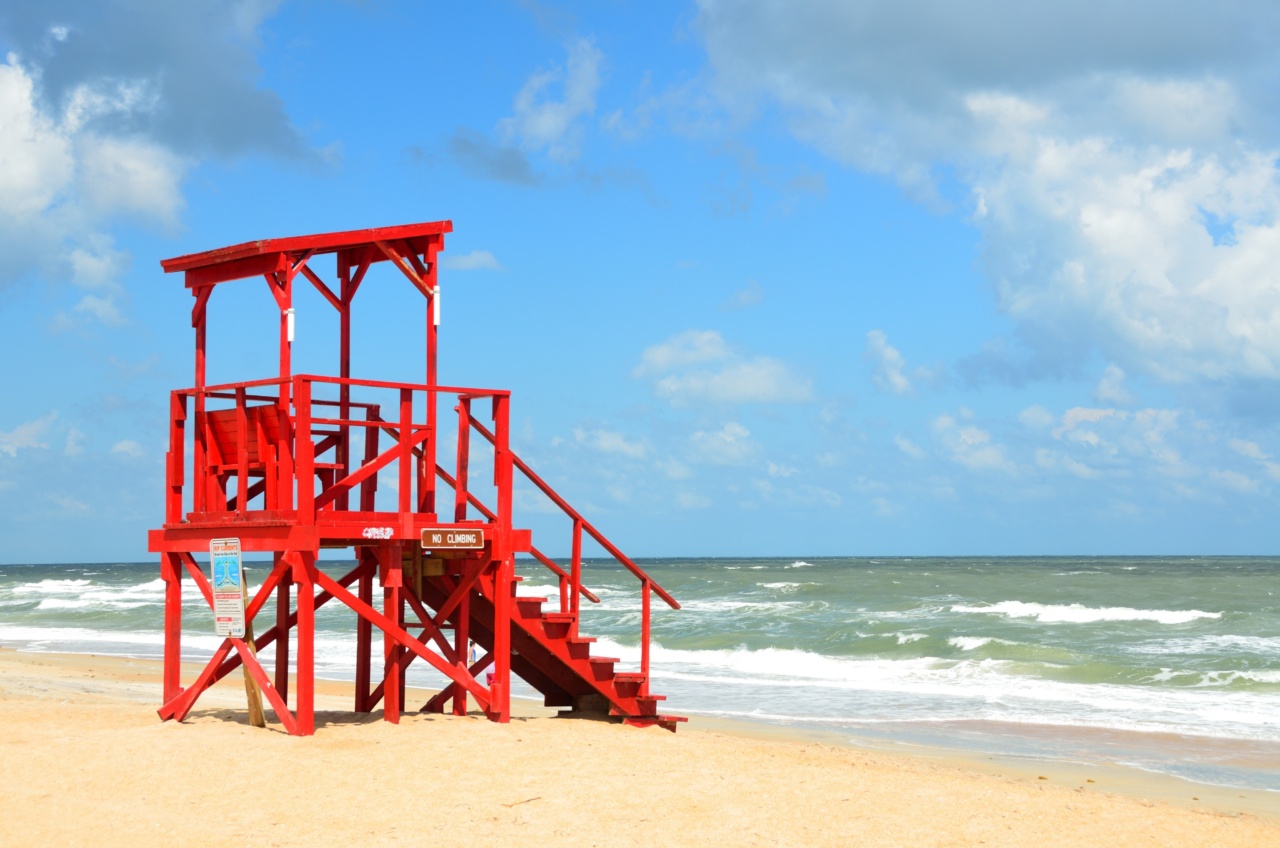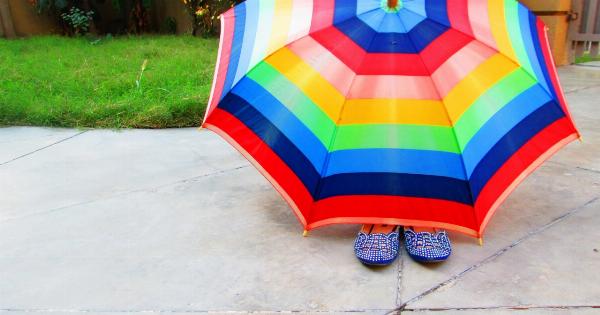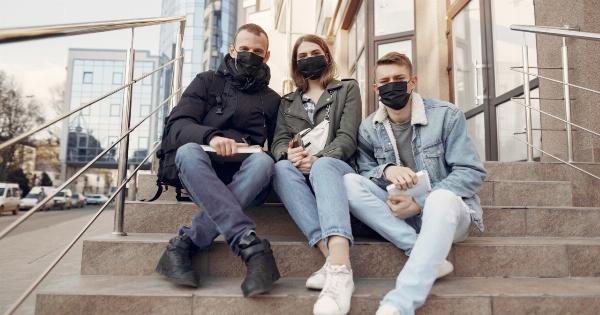It’s essential to protect our skin from the sun’s harmful rays. Overexposure to the sun can lead to skin damage, premature aging, and even skin cancer.
The best way to protect our skin is by using sunscreen with the right sun protection factor (SPF). In this article, we’ll explore what SPF numbers mean, how they work, and some tips for sun safety.
What is SPF?
SPF stands for Sun Protection Factor, and it’s a measure of how well a sunscreen will protect your skin from UVB rays. UVB rays are the primary cause of sunburn and skin damage.
SPF measures the amount of UVB radiation that can pass through the product and reach your skin. For example, if you apply an SPF 15 sunscreen, it will allow 1/15 or 7% of UVB rays to reach your skin.
SPF numbers and UVB protection
The higher the SPF number, the better protection the sunscreen provides against UVB rays. However, there is a limit to this protection. An SPF 15 sunscreen will filter out around 93% of UVB rays, while an SPF 30 sunscreen will block 97% of UVB rays.
An SPF 50 sunscreen will filter out about 98% of UVB rays.
SPF and time in the sun
It’s important to note that SPF only provides an indication of how much UVB protection a sunscreen can offer in a limited amount of time.
The time it takes for your skin to start burning and turning red will depend on different factors, such as skin type, the intensity of the sun, and the time of day. The American Academy of Dermatology suggests reapplying sunscreen every two hours to ensure adequate protection.
SPF and UVA protection
SPF only indicates how well a sunscreen will protect against UVB rays, not UVA rays. UVA rays contribute to skin damage, aging, and skin cancer.
It’s essential to choose a broad-spectrum sunscreen that offers protection against both UVA and UVB rays. Look for the term “broad-spectrum” on the label.
Factors that affect SPF efficacy
The efficacy of SPF can be affected by several factors. These include:.
- The amount of sunscreen applied
- The type of skin
- The time of day
- The season
- The altitude
- The reflection from surfaces such as water or snow
- The expiration date of the sunscreen
Sun safety tips
In addition to wearing sunscreen, there are other ways to stay safe in the sun. Here are some tips:.
- Seek shade during peak hours: The sun’s rays are strongest between 10 a.m. and 4 p.m. Try to stay in the shade or under an umbrella during this time.
- Wear protective clothing: Wear long-sleeved shirts, pants, and a wide-brimmed hat to protect your skin from the sun.
- Use sunglasses: Protect your eyes by wearing sunglasses that block both UVA and UVB rays.
- Avoid tanning beds: Tanning beds can cause skin damage and increase the risk of skin cancer.
Conclusion
Using sunscreen with the right SPF is an essential part of sun safety. Remember to reapply sunscreen often and choose a broad-spectrum product that offers protection against both UVA and UVB rays.
Stay safe in the sun by seeking shade, wearing protective clothing, using sunglasses, and avoiding tanning beds.



























